Politically Spanish, geographically African. That sums up Gran Canaria and the the rest of the Canary Islands. But if you think the Canaries have always belonged to Spain, prepare to become enlightened with a tour of Gran Canaria which illuminates the island's canarii past.
Northern Gran Canaria
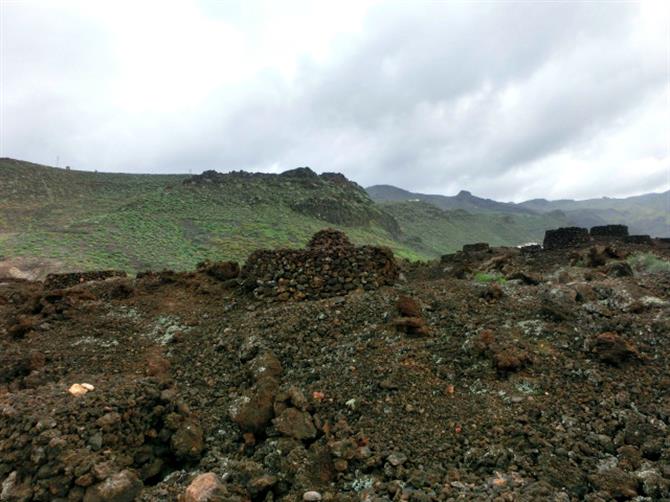
When anthropologists first started to investigate the canarii, the aboriginal race of people who were conquered by the 15th-century Castilian invasion force, there was a school of thought that suggested that the island's former inhabitants hailed from Scandinavia. Seeing as they were taller than the Iberian invaders, had blue eyes, and fair hair. Until further research indicated they were more likely to be Berbers, white North Africans who are more European in appearance than their continental neighbours.
At the time of the Spanish Conquest, Gran Canaria was divided into two kingdoms (guanartematos). The northern one had its capital in Agaldar, now known as Gáldar. It's here you'll find one of the island's major archaelogical sites, the Cueva Pintada (Painted Cave).
Visit nearby Santa María de Guía and Agaete for further clues about the life and times of the canarii. The former's home to the Cenobio de Valerón. Whilst the latter counts the pictured Necrópolis de Maipés amongst its tourist attractions.
You can learn more about the canarii in the capital too. Did you know that Las Palmas de Gran Canaria's Fernado Guanarteme was named after the traitorous Tenesor Semidan whose godparents were the Catholic Monarchs themselves, Ferdinand and Isabella? They fulfilled this role following the former's baptism as part of his conversion to Christianity. For a detailed overview of the island's aboriginal ancestors, make your way to Vegueta's Museo Canario.
Eastern Gran Canaria
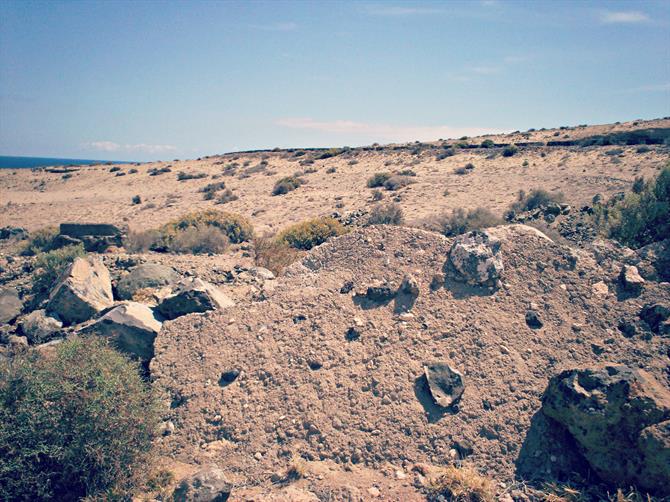
Telde, these days Gran Canaria's second city, was once the capital of the southern guanartemato (kingdom). In terms of what's been dug up by archaelogists, it's one of the areas of the island that's yielded most canarii artefacts. At sites such as Cuatro Puertas and Tufia (above), the setting for one of Gran Canaria's most romantic stories.
Once a canarii stronghold, Tufia became strategically important for the Spanish. Legend has it that they imprisoned the wife of Doramas, one of the most celebrated native warriors, in an offshore islet. And each night, without fail, the noble canarii would brave the Atlantic to swim to her.
Southern Gran Canaria
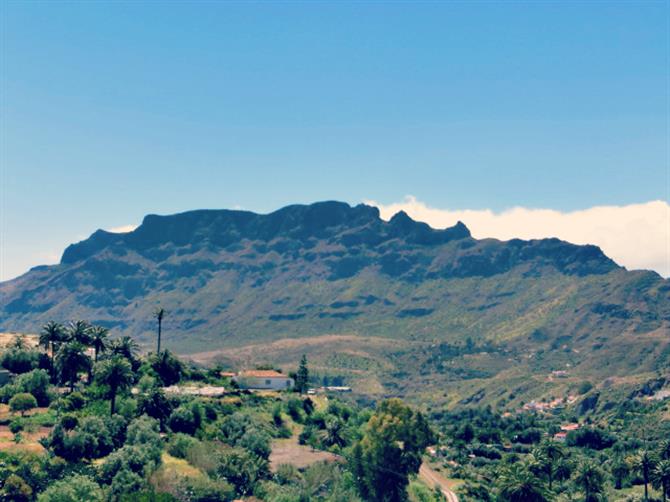
Yet more acts of self-sacrifice are still celebrated in Santa Lucía de Tirajana. Every 29th April, a ceremony takes place behind the fortress-like rock formation, Fortaleza Grande. It's here that on that date in 1483, many Canarii jumped to their deaths rather than surrender.
Also in the south, in the neighbouring municipality of San Bartolomé de Tirajana, you'll find the Mundo Aborigen theme park. Overlooking the Barranco de Fataga, it enjoys a breathtaking location. Open from 9:00am to 6:00pm every day, it's a recreation of a canarii village with 100+ life-sized models arranged to display a snapshot of everyday aboriginal life.
Western Gran Canaria
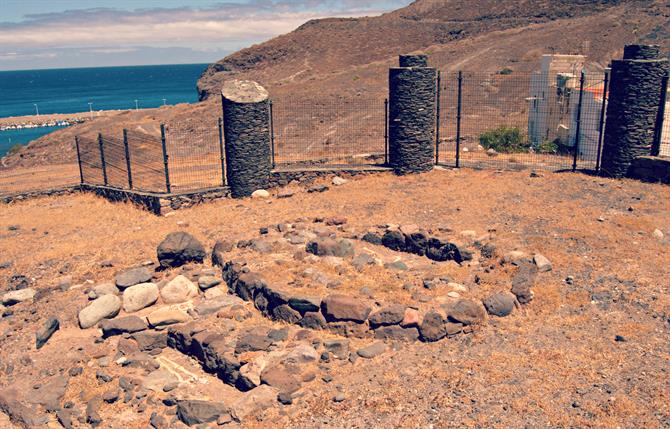
At Las Palmas de Gran Canaria's Museo Canario, there are many canarii idols and seals on display which were dug up in La Aldea de San Nicolás' Los Caserones. This archaeological site's well signposted from the municipal capital's port. And you'll be able to see the surviving burial mounds.
Central Gran Canaria
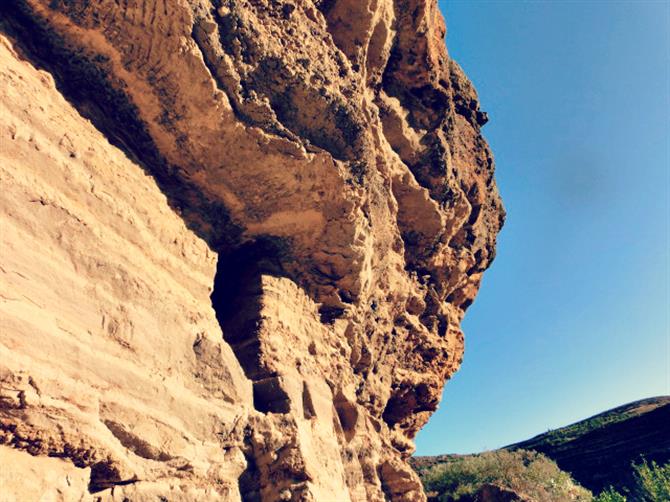
Every year, the two canarii kingdoms would meet. There followed a mixing-of-the-blood ceremony where the young aborigines of the north would meet with those from the south. The resulting babies ensured there weren't inbred children on the island.
Fertility rituals were an important part of the social calender on Tamaran, the canarii name for Gran Canaria. Every Friday and Saturday, Artenara's Tourism Information Office (Octavio speaks perfect English) organizes guided visits of the Risco Cáido. Here, a cave's home to 30 pubic triangles carved into the rock which light up at sunrise. The phallus-like shadow of a nearby rock makes it look like the shadow and triangles are making love. Phone Octavio on 928 666 102 or email him on artenaraturismo@gmail.com to arrange your free tour.
